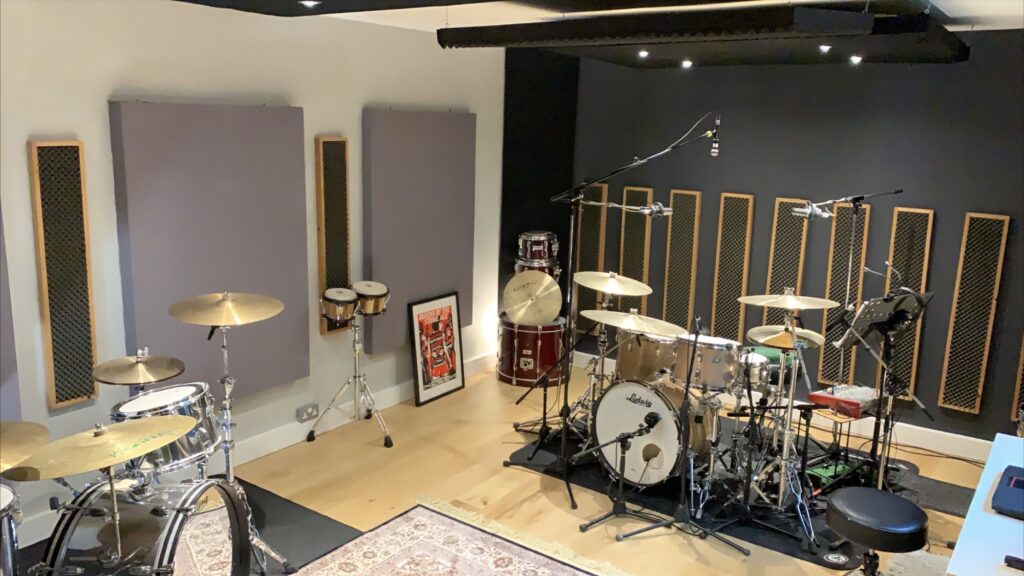Art galleries and exhibition spaces serve as sanctuaries for creativity and cultural exploration. They provide a platform for artists to showcase their work and for audiences to engage with various forms of art. However, amidst the visual splendor, the importance of acoustics is often overlooked. The acoustic environment plays a crucial role in the overall experience of visitors, affecting their perception of art and the ambiance of the space. In this article, we delve into the significance of enhancing acoustics in art galleries and exhibition spaces, exploring strategies and solutions to create an immersive and harmonious environment for both art and visitors.
The Importance of Acoustics in Art Galleries
Acoustics significantly impact the way visitors perceive and interact with art. In a poorly treated space, sound reflections, reverberations, and background noise can detract from the intended experience, leading to distractions and discomfort. Echoes bouncing off walls and hard surfaces can distort speech clarity and diminish the subtle nuances of ambient sounds, affecting the contemplative atmosphere necessary for appreciating art.
Enhancing Acoustics in Art Galleries
Absorption Panels:
Introducing acoustic absorption panels strategically throughout the gallery can mitigate reverberations and echoes. These panels, typically made from sound-absorbing materials such as fabric-wrapped fiberglass or acoustic foam, absorb sound energy, reducing reflections and creating a more controlled acoustic environment.
Ceiling Treatments:
Installing acoustic treatments on ceilings can further enhance sound control. Suspended baffles or acoustic clouds can help absorb sound reflections from the ceiling, preventing excessive reverberations and improving overall sound quality.
Wall Coverings:
Utilizing acoustic wall coverings, such as fabric-wrapped panels or acoustic wallpaper, can reduce wall reflections and contribute to a more balanced acoustic environment. These coverings not only serve a functional purpose but also offer aesthetic appeal, seamlessly integrating with the gallery’s interior design.
Flooring Solutions:
Choosing appropriate flooring materials with sound-absorbing properties can also impact acoustics. Carpets, rugs, or cork flooring can help dampen footfall noise and reduce overall sound transmission, contributing to a quieter and more conducive environment for art appreciation.
Strategic Layout Design:
Careful consideration of the gallery’s layout and spatial configuration can optimize acoustics. Arranging artworks and partitions to minimize sound reflections and implementing acoustic barriers or curtains in open areas can help control sound propagation and improve overall sound clarity.
Conclusion
Enhancing acoustics in art galleries and exhibition spaces is essential for creating an optimal environment where art can be appreciated in its full glory. By implementing effective acoustic treatments and sound control strategies, galleries can elevate the visitor experience, fostering a serene and immersive atmosphere that allows art to shine. Investing in acoustics not only enhances the ambiance of the space but also demonstrates a commitment to providing visitors with a memorable and enriching artistic journey.
Contact Waseem Muhammad Technical Soundproofing Expert in Dubai: +971 50 209 7517
FAQs
Why are acoustics important in art galleries?
Acoustics play a crucial role in creating an immersive and contemplative environment conducive to art appreciation. Poor acoustics can detract from the visitor experience by introducing distractions and diminishing the clarity of sounds, affecting the ambiance of the space.
How can I determine if my art gallery needs acoustic treatment?
Signs of poor acoustics include excessive reverberations, echoes, and difficulty in understanding speech. Conducting a simple sound assessment or consulting with an acoustic professional can help identify areas that require treatment.
Are there aesthetic considerations when choosing acoustic treatments?
Yes, acoustic treatments can be designed to complement the aesthetics of the gallery space. Fabric-wrapped panels, decorative baffles, and custom-designed acoustic elements offer both functional and visually appealing solutions.
Can acoustic treatments interfere with the display of artwork?
Acoustic treatments can be discreetly integrated into the gallery’s design without detracting from the display of artwork. Careful planning and consultation with designers can ensure that acoustic solutions enhance rather than detract from the visual aesthetics of the space.




